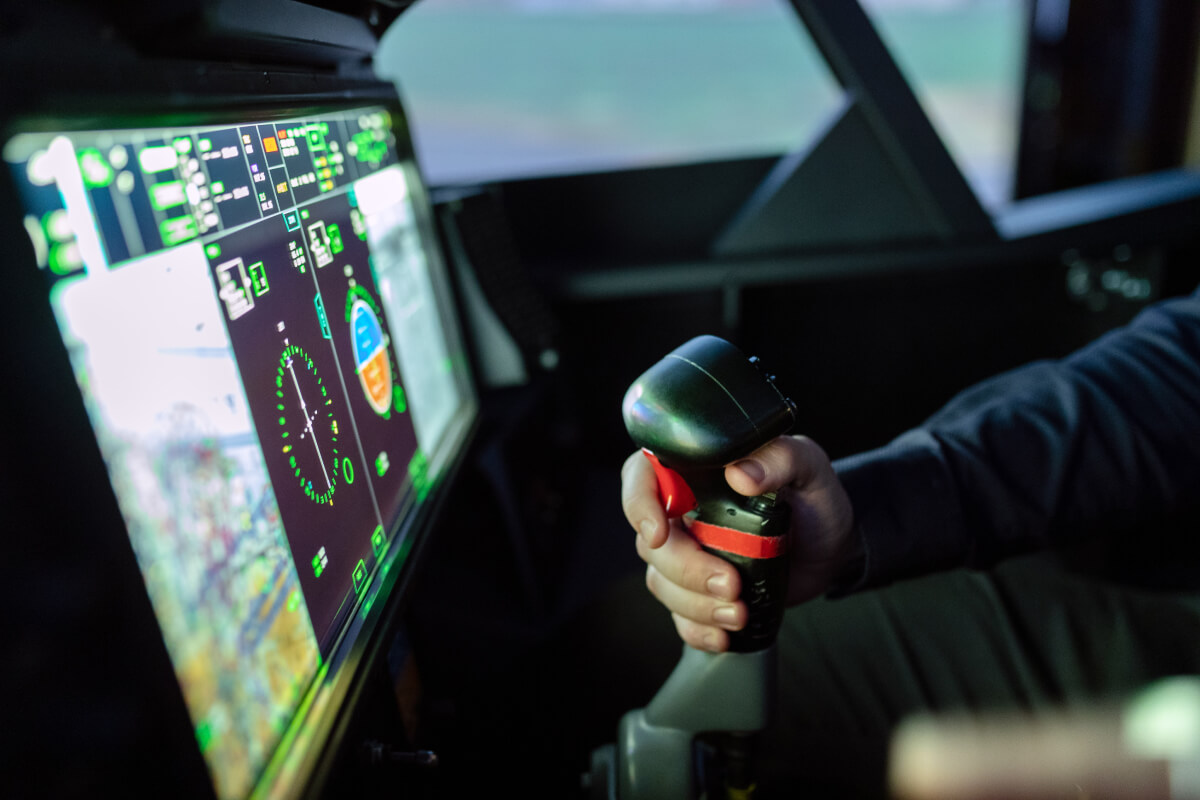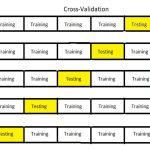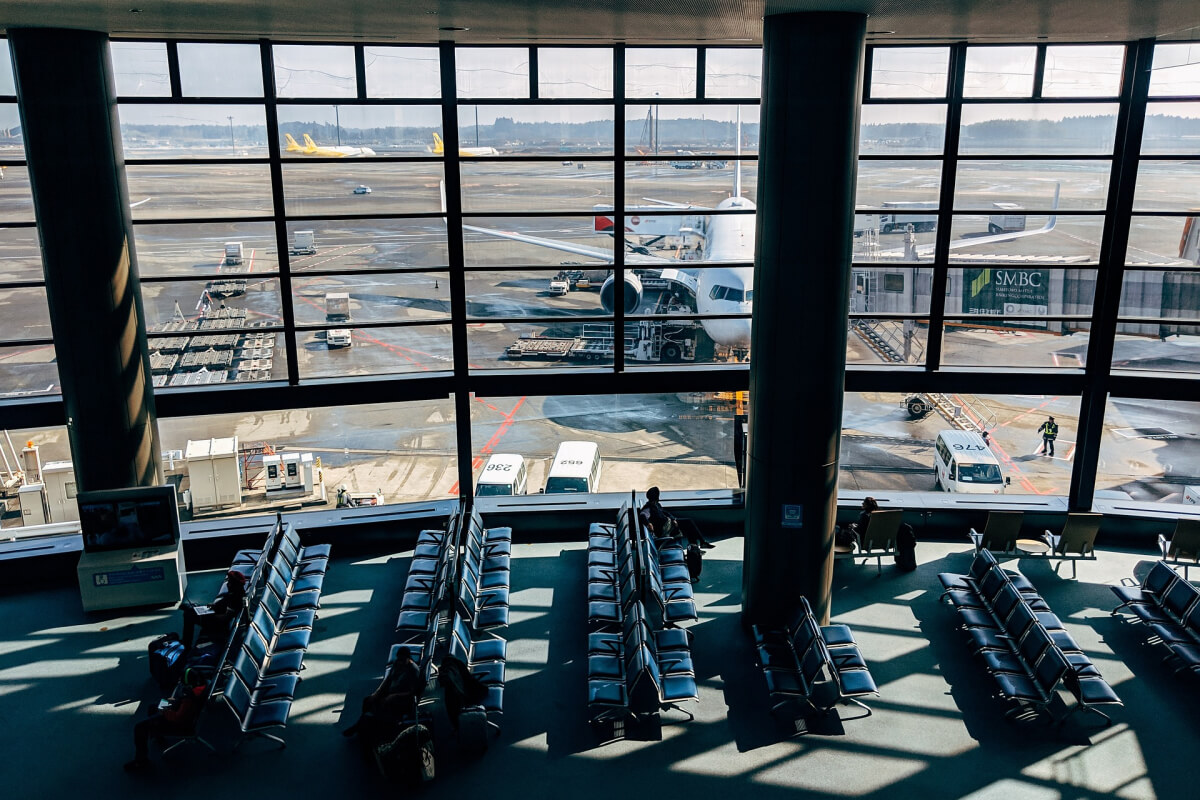Harnessing the Power of Data Analytics and AI for Smoother Skies
In the bustling world of aviation, every minute counts. Whether you’re a frequent flyer or a casual traveler, you’ve probably experienced flight delays or cancellations. These disruptions can be frustrating, but what if technology could make your journey smoother and more punctual? That’s where predictive maintenance, powered by data analytics and artificial intelligence (AI), comes into play.
Why Predictive Maintenance Is a Game Changer
Imagine this: you’re aboard a plane, ready for takeoff. Suddenly, the announcement comes – your flight is delayed due to unexpected maintenance issues. It’s an all-too-common scenario that can ripple through airline schedules, increase costs, and leave passengers stranded. Predictive maintenance is the solution to these challenges.
Predictive maintenance is all about using data analytics and AI to monitor the condition of aircraft components in real-time. Sensors and systems gather data on various aspects of an aircraft’s operation, from engine performance to cabin conditions. This data is then analyzed to spot patterns and deviations.
Data Analytics: Detecting the Unseen
At the core of predictive maintenance in aviation is data analytics. This technology has the power to detect subtle changes in the data that might signal a potential problem. For instance, a minor shift in engine temperature or pressure can be a warning sign of a pending issue. By catching these deviations early, airlines can plan maintenance before a critical failure occurs, keeping aircraft in peak condition.
The AI Advantage
Artificial intelligence takes predictive maintenance to the next level. AI algorithms not only identify anomalies but also learn from historical data, making their predictions more accurate over time. This means AI gets better at spotting potential issues and minimizing false alarms.
Moreover, AI can optimize maintenance schedules based on aircraft usage patterns. Instead of sticking to a fixed maintenance timetable, which can be costly and inefficient, AI recommends maintenance precisely when it’s needed. This not only reduces downtime but also cuts maintenance costs.
The Benefits of Predictive Maintenance
Implementing predictive maintenance in aviation offers several significant benefits:
- Enhanced Safety: By addressing maintenance issues before they become critical, predictive maintenance boosts flight safety.
- Reduced Downtime: Airlines can minimize aircraft downtime by scheduling maintenance at the most convenient times.
- Cost Savings: Preventive maintenance often costs less than emergency repairs, leading to significant savings.
- A Better Passenger Experience: Fewer delays and cancellations result in a more enjoyable travel experience for passengers.

In Conclusion
Predictive maintenance, driven by data analytics and AI, is a game-changer for the aviation industry. It doesn’t just improve operational efficiency; it also enhances safety and reduces costs. As technology continues to advance, we can expect even more sophisticated predictive maintenance systems that will keep the aviation industry flying smoothly into the future. Embracing these technologies is not just a competitive advantage but a necessity in an industry where precision and punctuality reign supreme. So, next time you board a flight, thank data analytics and AI for a smoother journey.







